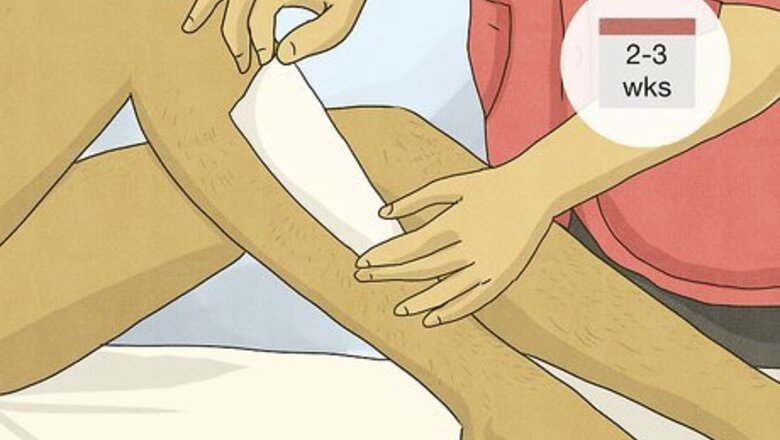
views
- Apply a cold compress to your skin to minimize itchiness, inflammation, and other rash-like symptoms.
- Alternatively, spread aloe vera gel or cream onto your skin to soothe redness and irritation.
- Avoid taking hot baths or showers, and wear loose clothing that doesn’t rub up against your skin.
Pre-Waxing Skin Preparation
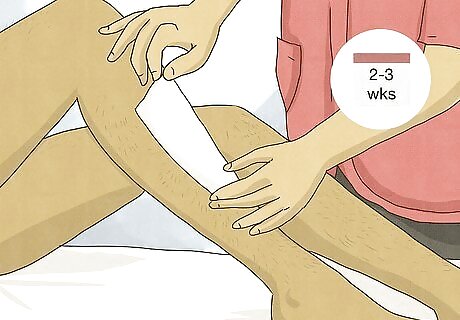
Let your hair grow out for 2 to 3 weeks before you wax. If your hair is stubbly when you try to wax it, you'll have a really hard time using the wax to pull the hairs out! This can leave stubbly hairs behind that are itchy, so let your hair grow out for a few weeks before you wax. Aim for waxing hair that's at least ⁄4 inch (0.64 cm) long.
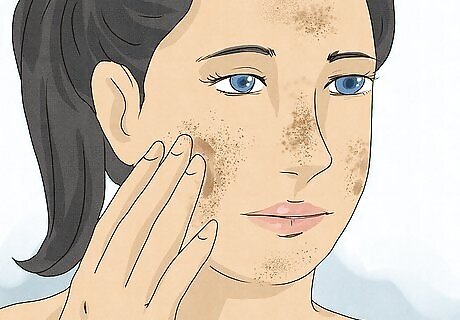
Exfoliate your skin the day before you wax. Oil, dead skin, and dirt can get trapped in your pores, which is what causes the classic, red rash after waxing. To prevent this from happening, gently scrub the skin with an exfoliating product. Then, rinse your skin and apply a moisturizer that won't clog your pores. You can also exfoliate a few days after waxing. This gets rid of dirt and oil that might be in the newly opened pores.
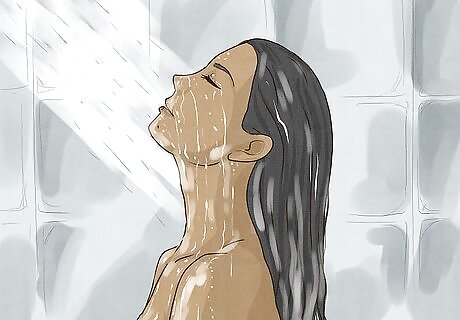
Shower or wash your skin to remove dirt and oil. The wax will cling to your skin easier if it's not greasy, so wash your skin with soap and water before you begin. This also washes away dirt that could become trapped in your pores and cause irritation later. Pat your skin dry before you apply wax or it won't stay on your skin.
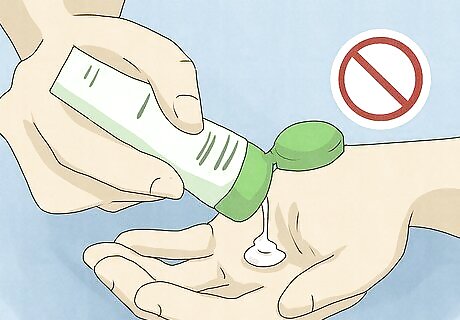
Don't spread lotion or skincare products on the area before you wax. Most lotions and moisturizers contain oil that could prevent the wax from clinging to your skin, so skip them before your procedure. If you're waxing your face, skip the makeup, which can clog pores and irritate your skin. Expert Answer Q How should I prep my face before waxing? Karina Villalta Karina Villalta Certified Esthetician Karina Villalta is a certified Esthetician and Owner of Oh Sweet and Sugar and Shears, a skincare and hair removal service located in Seattle and Kirkland, Washington. With over eight years of experience, Karina specializes in eyebrow shaping, a hair removal technique called sugaring, and organic facials. Karina started her career and was trained at Benefit Cosmetics Brow Bar. Since opening her own business, Karina ensures her clients are educated about their skin and helps them implement personalized skincare routines. Karina Villalta EXPERT ADVICE Answer from Karina Villalta: One mistake I see a lot of people make is not removing all of their makeup entirely. You really have to wash your face thoroughly and remove any foundation or product you've got on your face before you wax.
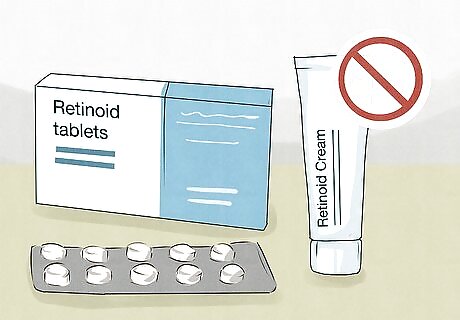
Avoid using retinoids before waxing. If you're taking oral retinoids or applying topical retinoids, waxing can damage your skin even more. To protect your skin, stop taking oral retinoids at least 6 months to 1 year before you wax. If you're using topical retinoids, stop applying them 3 to 4 weeks before waxing. If you wax skin while using retinoids, you can tear away skin along with the wax so it's really important to wait!
Post-Waxing Aftercare

Spread a soothing gel or cream onto your skin after waxing. Your skin will probably be red and sensitive after your session, but moisturizing it with a calming product can help! Massage an aloe vera gel or cream onto your waxed skin to make it feel less irritated. If you're getting waxed in a salon, they may spread a gel or cream on your skin after they've finished waxing.
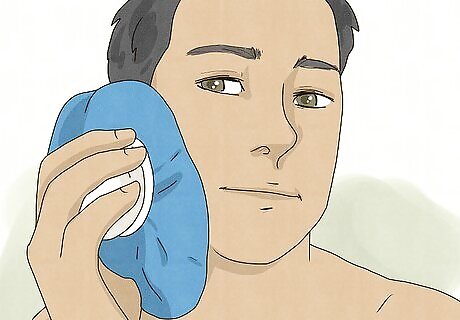
Use a cold pack to lessen the pain of waxing and reduce inflammation. It's no secret that waxing can hurt, especially if you're waxing a sensitive area. Have an instant cold-pack, chilled gel pack, or homemade ice pack ready to place on your skin as soon as you finish waxing. Hold it on your skin for 5 to 10 minutes to relieve itching, numb the pain, and prevent swelling. If you're using an ice pack, make sure to wrap it in a clean towel. Never place ice directly on your skin or you could damage it.
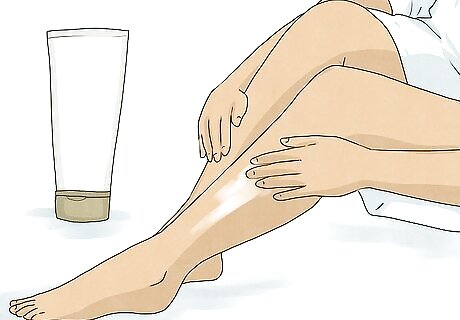
Keep your skin moisturized with a gentle lotion. When skin dries out, it can feel itchier so massage an oil-free lotion onto your skin. Choose a fragrance-free lotion that won't clog your pores and use it whenever your skin feels dry or itchy. Some people with sensitive skin find that fragrances can irritate their skin. If you find that fragrances bother your skin, use fragrance-free products for your whole skincare routine.

Apply a warm compress for 15 to 20 minutes to calm irritated skin. To make your own compress, soak a cloth in hot water and place it into a plastic bag. Squeeze out the air and seal it shut. Then, wrap the bag in a clean cloth and press it onto your itchy skin. Hold it in place for 15 to 20 minutes so the warmth can calm your skin. Feel free to use warm compresses throughout the day. They won't damage or dry out your skin, so they're safe to use frequently.
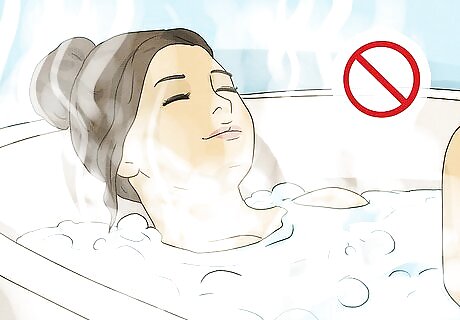
Avoid hot baths and showers that dry out your skin. Hot water can strip away the natural oils that protect your skin, which makes your irritated skin feel even itchier. Skip the steamy, hot showers and baths and take brief, warm soaks or showers instead. Don't forget to moisturize as soon as you finish bathing or showering.

Wear soft, loose clothing that doesn't rub up against your itchy skin. It may take a few days for your skin to return to normal. In the meantime, avoid wearing scratchy or rough fabrics that sit close to your itchy skin. Instead, pick loose-fitting clothes that are made of soft material like cotton or fleece.
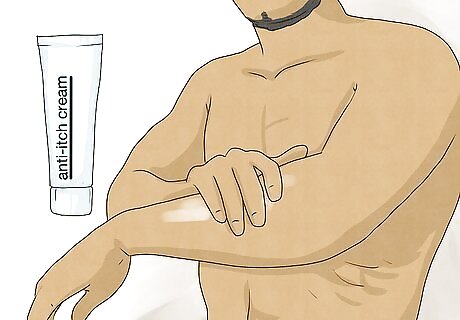
Massage an anti-itch cream on an itchy rash. If it's really hard to stop scratching, spread a thin layer of an over-the-counter (OTC) anti-itch cream like hydrocortisone or diphenhydramine. Use the cream 3 or 4 times a day to calm your skin. Ask your doctor or dermatologist before applying anti-itch cream to your face.
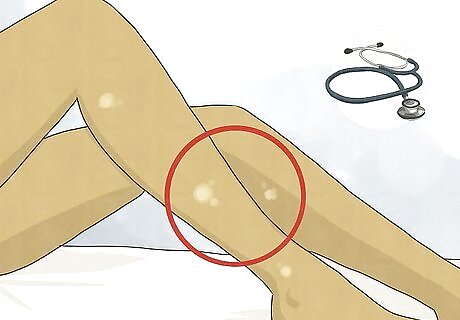
Talk with your doctor if you see pus-filled blisters or other signs of infection. Occasionally, people can have bad side effects or develop an infection because of waxing. If you have a painful rash with pus-filled blisters or pimples, you may have an infection that needs medical treatment. Contact your doctor or dermatologist, who may recommend an OTC antibiotic along with anti-itch cream. It's important to keep your skin clean so it has a chance to heal.












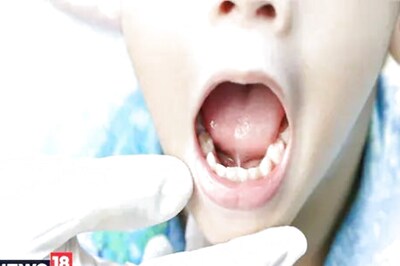





Comments
0 comment